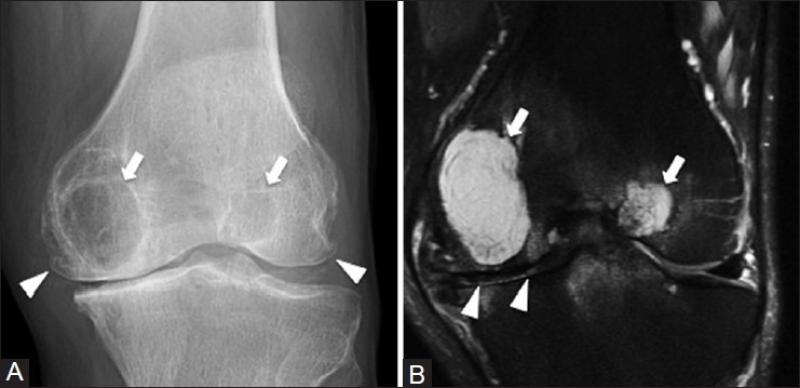Synovial sarcoma is a rare and aggressive type of soft tissue sarcoma that primarily affects adolescents and young adults. Originating near joints and tendon sheaths, this malignancy poses significant challenges owing to its complex biology and tendency to metastasize early. Over the past decade, treatment paradigms for synovial sarcoma have evolved considerably, incorporating multi-modality approaches aimed at improving patient outcomes. This article delves into the latest synovial sarcoma treatment techniques, emerging therapies, and the role of ongoing clinical research in refining care strategies.
Standard Treatment Modalities for Synovial Sarcoma Management
The cornerstone of Synovial Sarcoma Treatment continues to be surgical resection, aiming to completely remove the tumor with negative margins to reduce local recurrence. Limb-sparing surgery is often preferred over amputation to preserve function without compromising oncologic control. In cases where the tumor is large, invasive, or located near critical neurovascular structures, achieving clear margins proves challenging and frequently necessitates adjunct treatments.
Radiation therapy is a pivotal component in synovial sarcoma treatment protocols. Preoperative or postoperative external beam radiation helps improve local control by targeting residual microscopic disease. Advanced radiation techniques such as intensity-modulated radiation therapy (IMRT) allow for precise tumor targeting, sparing surrounding healthy tissues and minimizing side effects. For tumors that are unresectable or patients who are poor surgical candidates, definitive radiotherapy can serve as primary local treatment.
Chemotherapy is primarily reserved for high-risk tumors or metastatic disease. Multi-agent chemotherapy regimens featuring ifosfamide and doxorubicin have demonstrated efficacy in reducing systemic spread and improving survival in selected patient groups. However, intrinsic chemo-resistance in certain synovial sarcoma subsets remains a challenge, driving the exploration of novel agents and therapeutic combinations.
Emerging Targeted Therapies and Immunotherapeutic Approaches in Synovial Sarcoma
Recent advances in molecular oncology have revealed critical genetic alterations underpinning synovial sarcoma pathogenesis. The tumor is characterized by a specific chromosomal translocation t(X;18)(p11;q11), generating an oncogenic fusion protein SS18-SSX that drives malignancy. This discovery has paved the way for targeted therapeutic strategies aimed at disrupting this fusion protein or its downstream signaling pathways.
Tyrosine kinase inhibitors (TKIs) and epigenetic modulators are among the novel agents under clinical investigation. For instance, drugs targeting histone deacetylases (HDAC inhibitors) and bromodomain-containing proteins (BET inhibitors) show promising activity by modulating aberrant gene expression in synovial sarcoma cells. These agents hold the potential to enhance chemosensitivity and inhibit tumor growth.
Immunotherapy, particularly immune checkpoint inhibitors, is gaining attention as a viable treatment avenue. Early-phase clinical trials are evaluating agents targeting PD-1/PD-L1 pathways to reactivate anti-tumor immune responses. Additionally, engineered T-cell therapies such as adoptive T-cell transfer and tumor-infiltrating lymphocyte (TIL) therapy represent cutting-edge approaches aiming to harness the patient's own immune system to eradicate synovial sarcoma cells.
Commercial Outlook and Advancements Driving Synovial Sarcoma Therapy Market
The commercial landscape of synovial sarcoma treatment is dynamic, shaped by relentless innovation and competitive forces. Pharmaceutical companies are actively investing in developing next-generation targeted agents and combination regimens to improve efficacy and safety profiles. Strategic collaborations between biotech firms and academic institutions facilitate the advancement of precision medicine approaches.
Emerging therapies are poised to redefine standard care, with several late-stage candidates demonstrating meaningful clinical benefits in ongoing trials. The expansion of diagnostic tools, including molecular profiling and liquid biopsies, supports earlier detection and real-time treatment monitoring, enhancing therapeutic outcomes and patient quality of life.
Moreover, the rise of patient-centric care models and digital health technologies is transforming treatment delivery, enabling remote monitoring and personalized intervention adjustments. These factors collectively contribute to the sustained growth potential of the synovial sarcoma therapeutics market.
Stakeholders focusing on competitive intelligence and innovation trends can access detailed market research reports offering a granular analysis of product pipelines, clinical trial statuses, and market penetration strategies. These insights are invaluable for making informed business decisions and fostering advances in synovial sarcoma management.
Get This Report in Japanese Language -滑膜肉腫の治療
Get This Report in Korean Language -활막육종 치료
Read More Articles Related to this Industry -
How Agar is revolutionizing the Pharmaceutical and Biotechnology Sectors
About Author:
Priya Pandey is a dynamic and passionate editor with over three years of expertise in content editing and proofreading. Holding a bachelor's degree in biotechnology, Priya has a knack for making the content engaging. Her diverse portfolio includes editing documents across different industries, including food and beverages, information and technology, healthcare, chemical and materials, etc. Priya's meticulous attention to detail and commitment to excellence make her an invaluable asset in the world of content creation and refinement.
(LinkedIn- https://www.linkedin.com/in/priya-pandey-8417a8173/)
